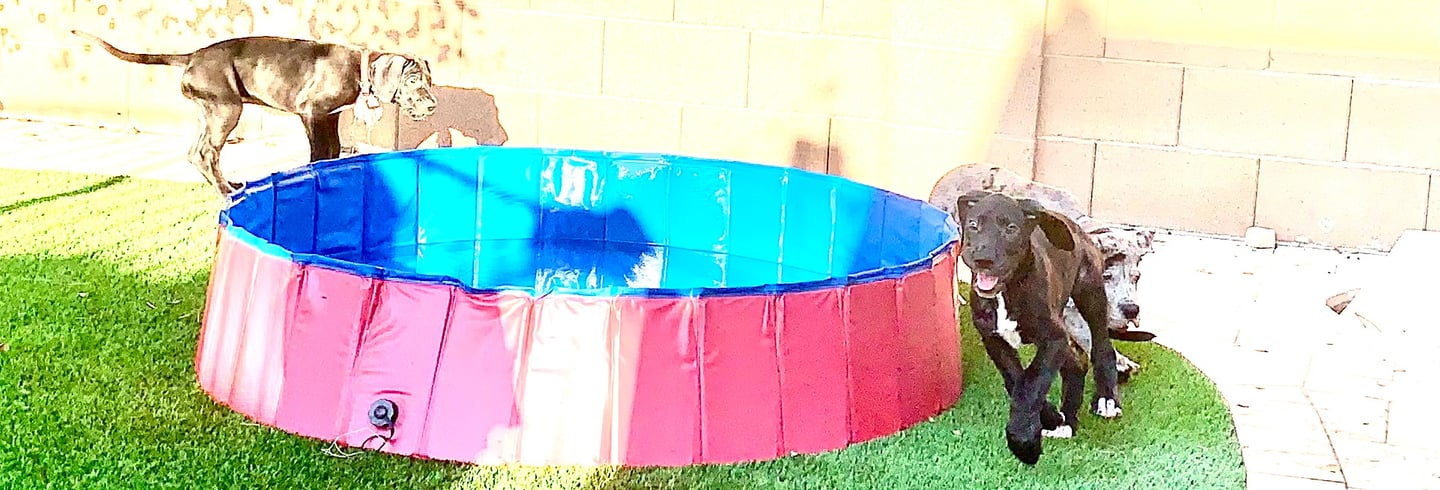After your puppy gets wet from the sprayer or a gentle pour of water, reward them again. These small treats go a long way in reinforcing that bath time is a good thing. As you apply dog-safe shampoo and gently lather their coat, keep speaking calmly and positively. Once you’ve rinsed off all the soap, offer another treat and plenty of praise. The more positive associations your puppy has with each step, the more cooperative they’ll be in the future.
Towel drying is another step that some dogs may find uncomfortable at first. To make this easier, give your pup a treat before you begin drying and again after you finish.
Bathing your dog regularly is a vital part of their overall care, and starting this routine when they are puppies has many long-term benefits. Introducing your puppy to bath time early helps them become comfortable with the process and reduces fear or anxiety as they grow. Puppies are naturally curious and eager to learn, so starting young makes it easier for them to accept bathing as a normal and even enjoyable experience.
Making bath time fun and stress-free is key to success. Use a soothing, calm voice while you talk to your puppy during each step of the bath. This not only reassures them but also helps strengthen your bond. Positive reinforcement is incredibly effective—keep treats on hand and offer rewards throughout the entire process. Whether you are bathing your puppy in a sink, tub, shower, or outside, be sure to reward them the moment they enter the bathing area. This helps create a positive association from the very beginning.
After bath time, it’s a great idea to play with your puppy. This helps release any pent-up energy and adds another layer of positive reinforcement. A short play session, a walk, or some cuddle time lets your puppy know that good things follow a bath, making them more likely to look forward to it in the future.
Establishing a consistent, positive bathing routine helps keep your dog’s coat clean, reduces the risk of skin issues, and builds trust between you and your pup. With treats, soothing words, and fun follow-ups, bath time can become one of the best bonding experiences you share with your dog.

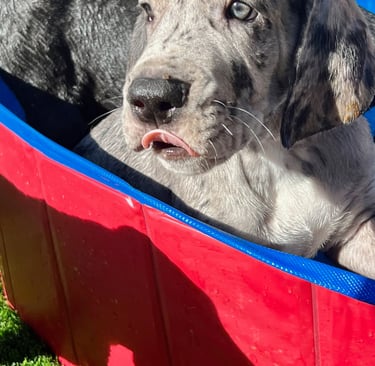
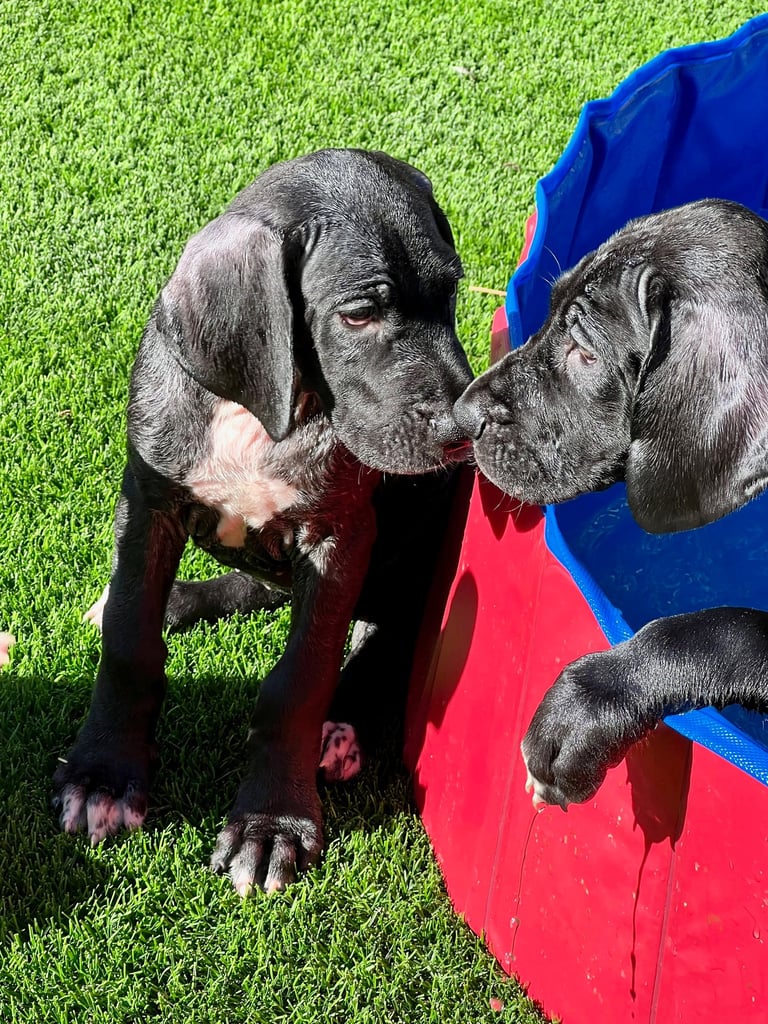

Always be gentle and avoid rough motions that might startle them. If your dog enjoys being brushed, this is also a good time to give them a gentle brushing session.
Positive Bath Experience For Dogs
Click on picture for a link to this tub on Amazon. This is an affiliate link
When it comes to bathing your dog or puppy, knowing what not to do is just as important as knowing what works. Bath time can be a stressful experience for some dogs, especially if they’ve had negative associations with it in the past. Whether you’re dealing with a new puppy or a rescued adult dog, it’s essential to create a calm, safe environment. One of the most important rules is never yell at or punish your dog during a bath. Even if they’re being uncooperative or nervous, punishment will only reinforce fear and make the experience worse over time.
Find playful ways to introduce water, such as using a kiddie pool or outdoor tub where they can splash around. Getting into the water with them—even if it’s just your feet—can help build trust. Using a small cup, pitcher, or bucket to gently pour water over your dog instead of a strong hose or sprayer can also make the experience less intimidating. Allow them to explore the space and reward them with treats and praise for any step in the right direction.
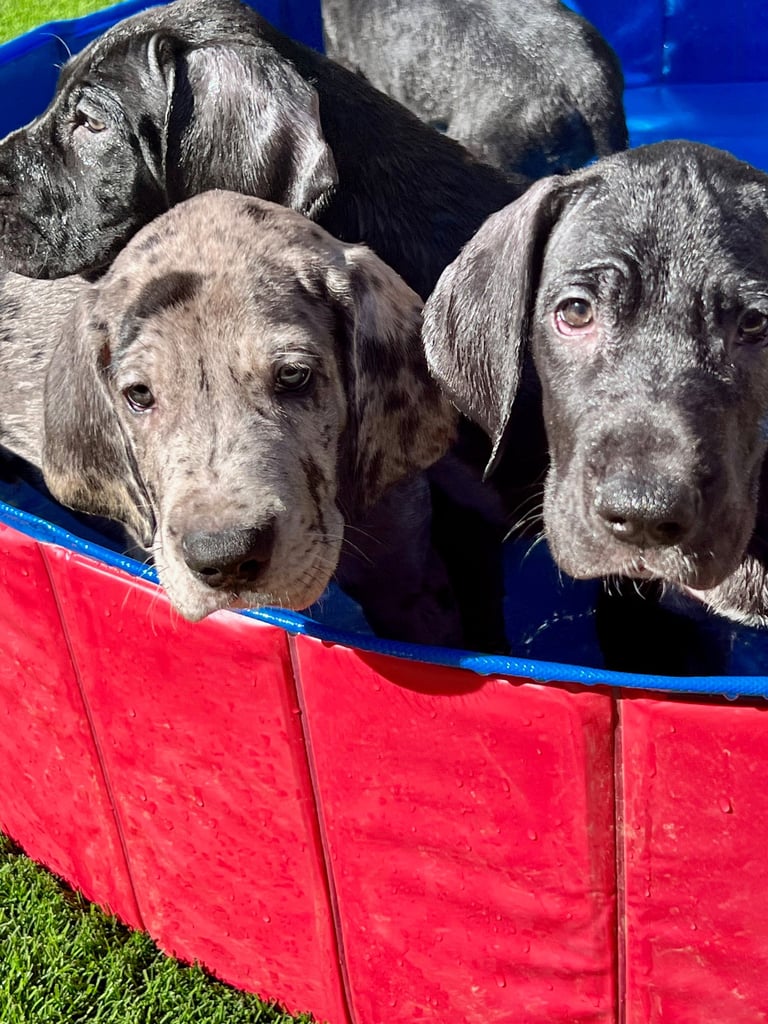

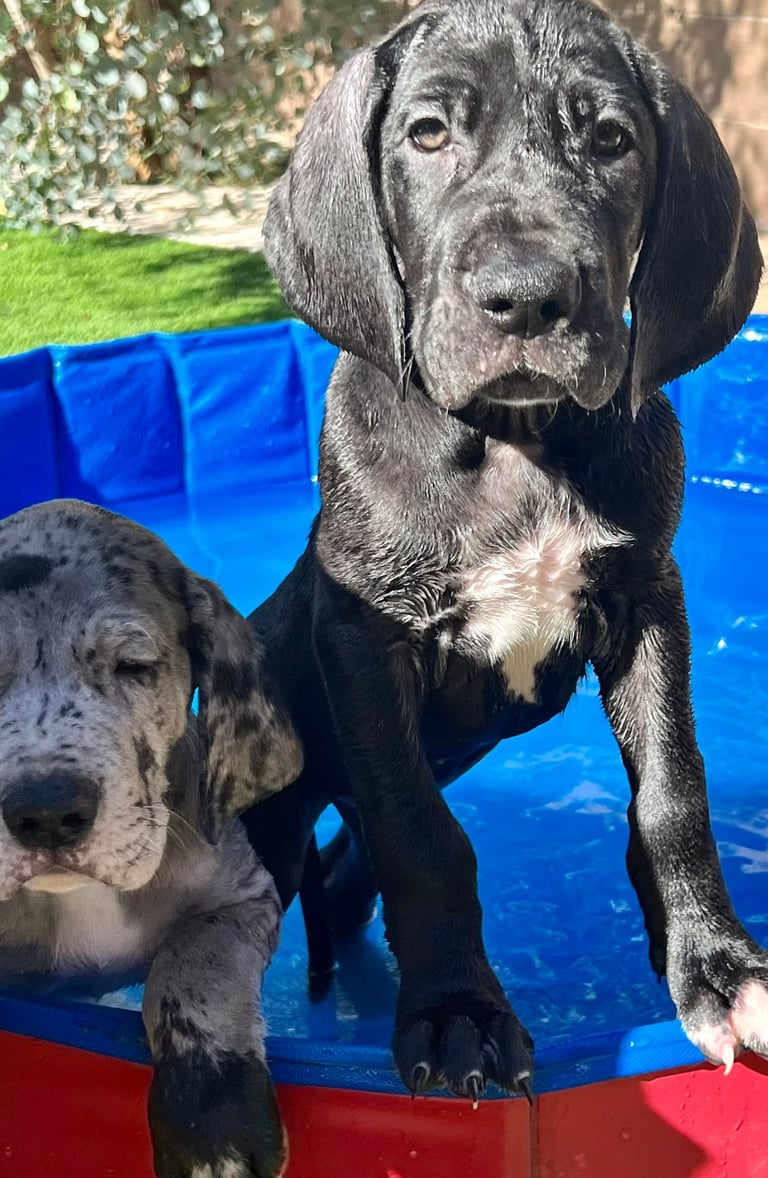

Dogs are incredibly sensitive to human emotions. If you’re tense, frustrated, or impatient, your dog will pick up on that energy and may become more anxious. If you're having a tough day, it’s better to wait until you’re in a calm state of mind before attempting a bath. Creating a relaxing atmosphere, with soft voices and gentle handling, is crucial. The goal is to prevent your dog from associating bath time with negative feelings.
Soaping them up can be another opportunity to turn the bath into a fun experience. Use a soft touch and praise them as you go. If your dog is still too nervous for a full bath, just try getting them wet during play. Gradually build up to full bathing sessions over time.
Above all, praise and reward are essential. Even if you only accomplish part of the bathing process, celebrate that progress. By making bath time positive, patient, and pressure-free, you’ll help your dog feel more confident and relaxed, creating a safer and more enjoyable grooming routine for both of you.
For rescue dogs or those who aren’t used to regular grooming, bath time can be confusing or even frightening. They may not know what to expect, or they may have had traumatic experiences involving water. In these cases, retraining their response to baths will require time, patience, and creativity. It might take several short, positive sessions before your dog begins to feel safe. Be ready to adjust your approach and try different techniques to discover what makes your dog feel comfortable.

